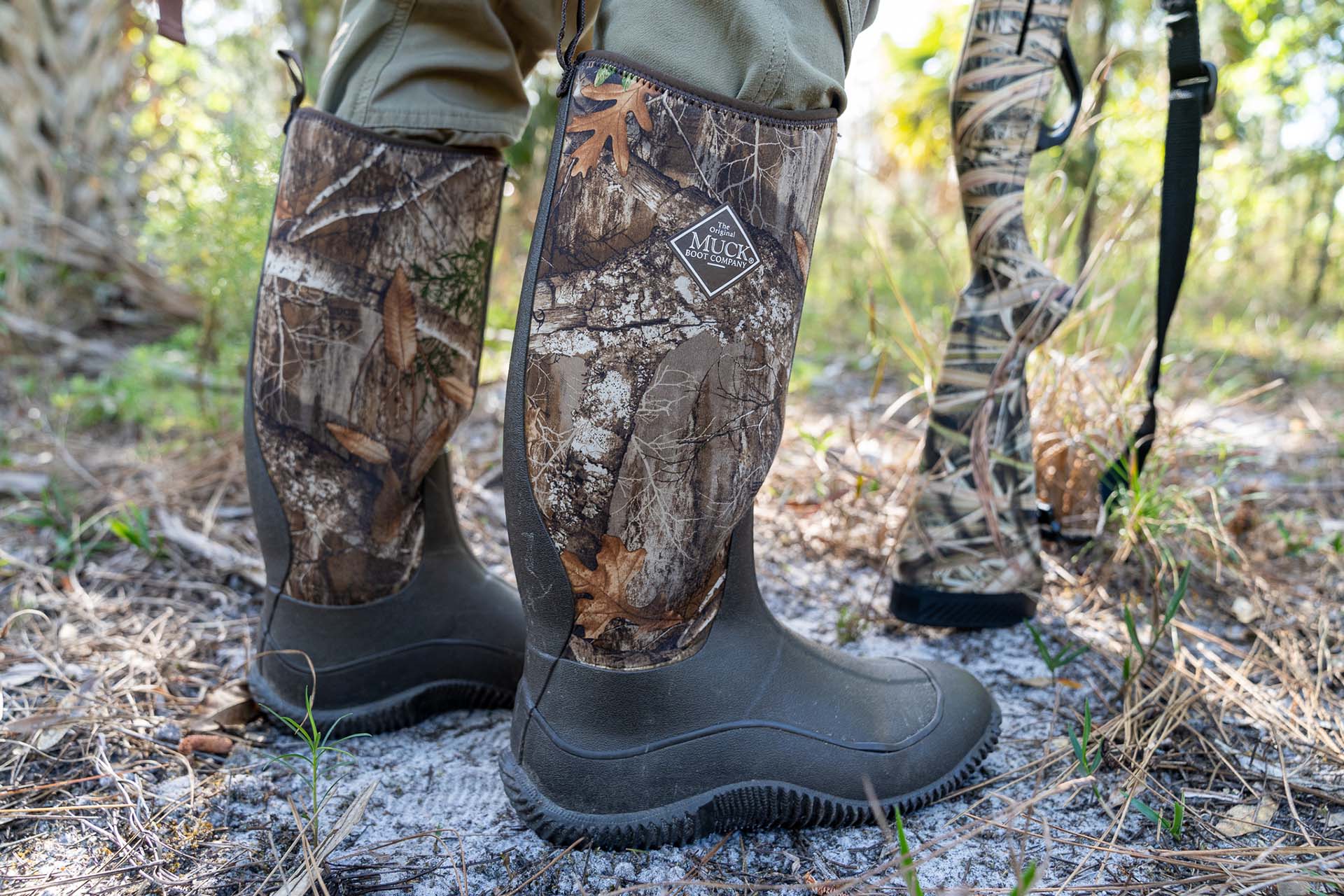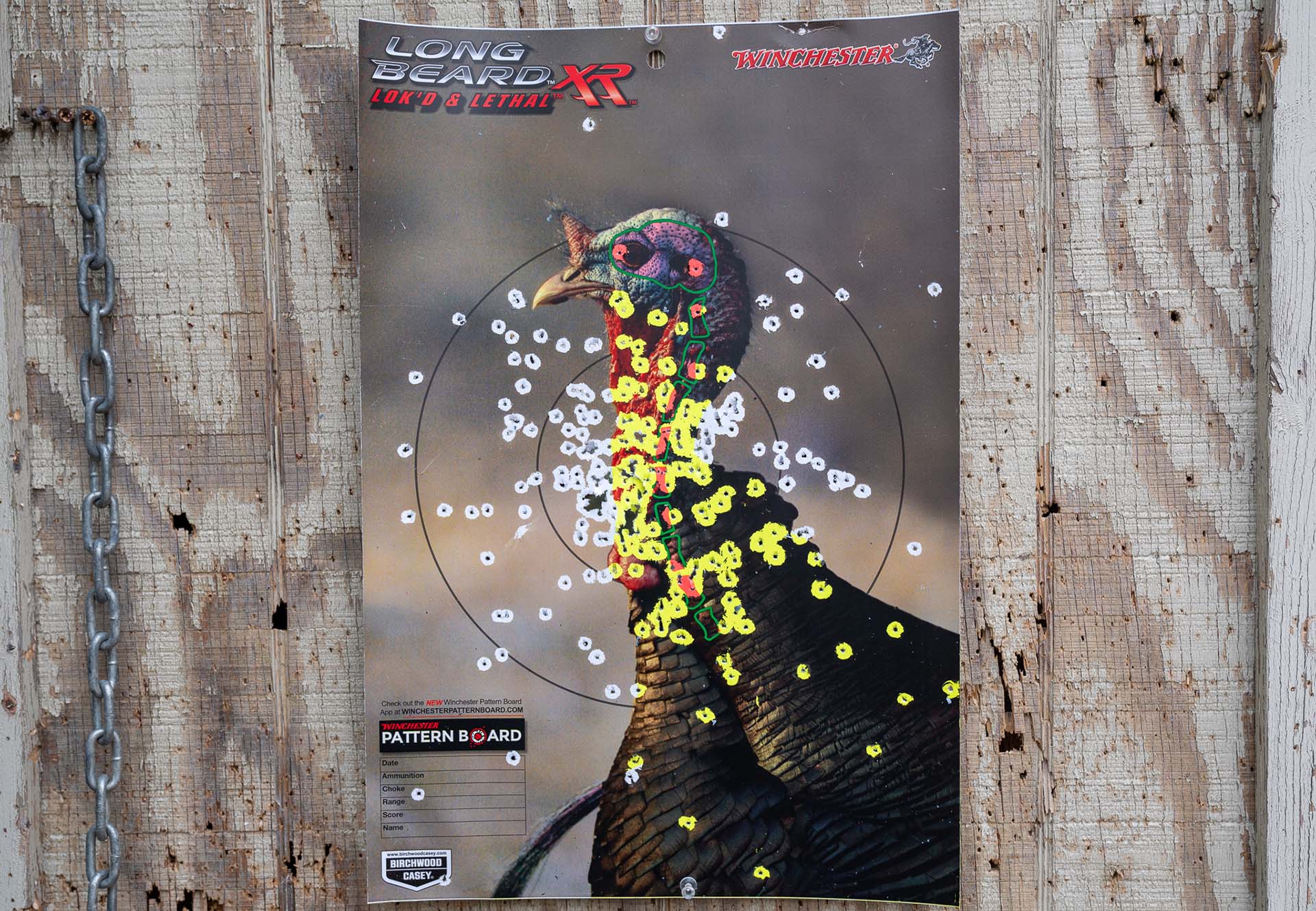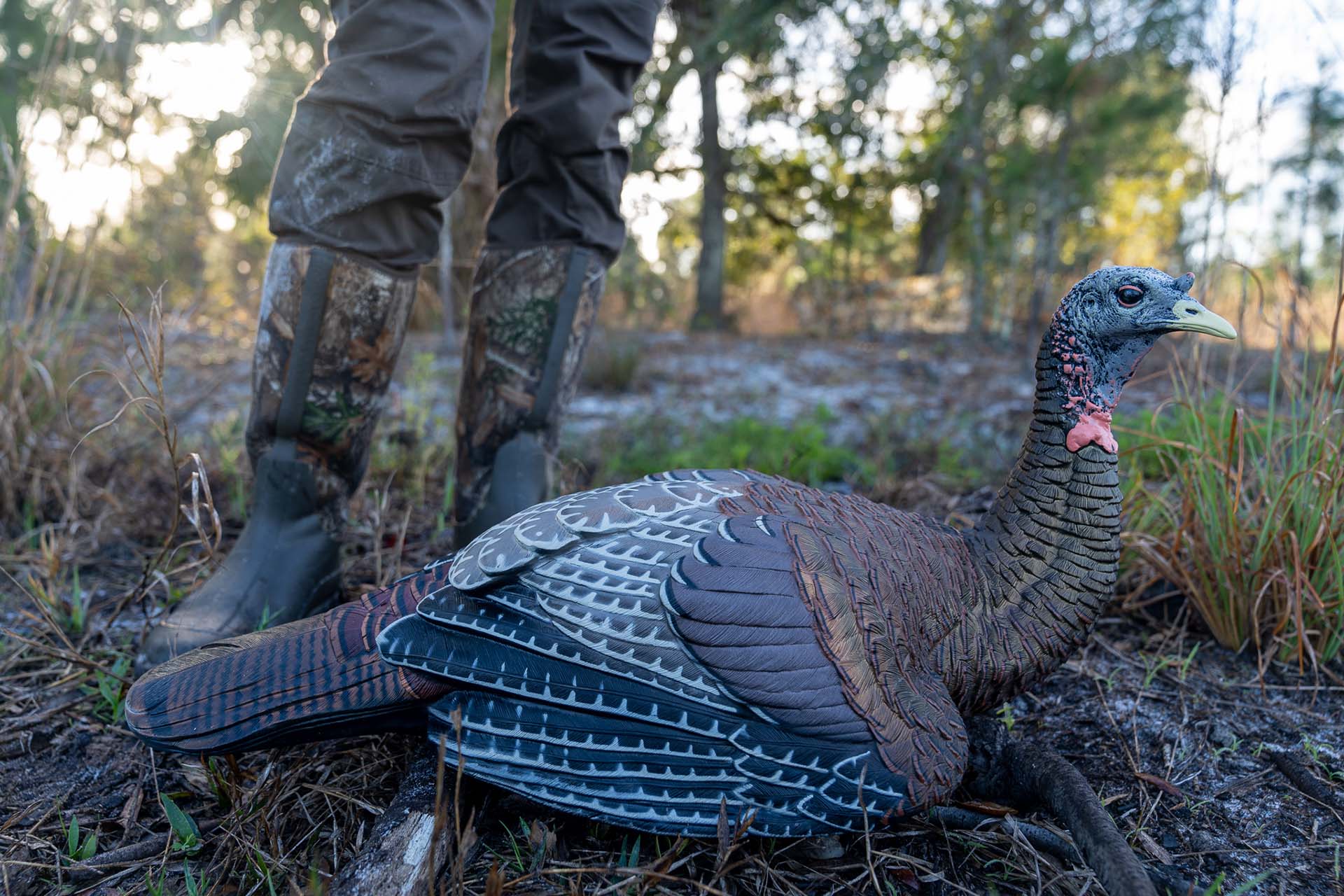
Spring is officially here and you know what that means, it’s turkey season! Spring turkey hunting can be challenging, but a little bit of pre-season scouting should help to increase your odds for success. Here are a few tips and tactics to help you create a scouting plan.
1. E- scouting
Utilize an aerial mapping system or app to help you scout specific areas before even stepping foot on that ground. Look for creek bottoms, fields, and timbered areas where they can roost. An area containing all 3 could potentially be good turkey habitat.
2. Listen and Locate
After you've identified an area online it’s time to put boots on the ground. Get to a high point if you can and listen early in the morning or late in the evening, especially on days with low winds. In some cases, an owl call or crow call will entice a gobble, but I wouldn’t suggest hen calling before the season starts in fear of “educating” your target. They’re smarter than they look!
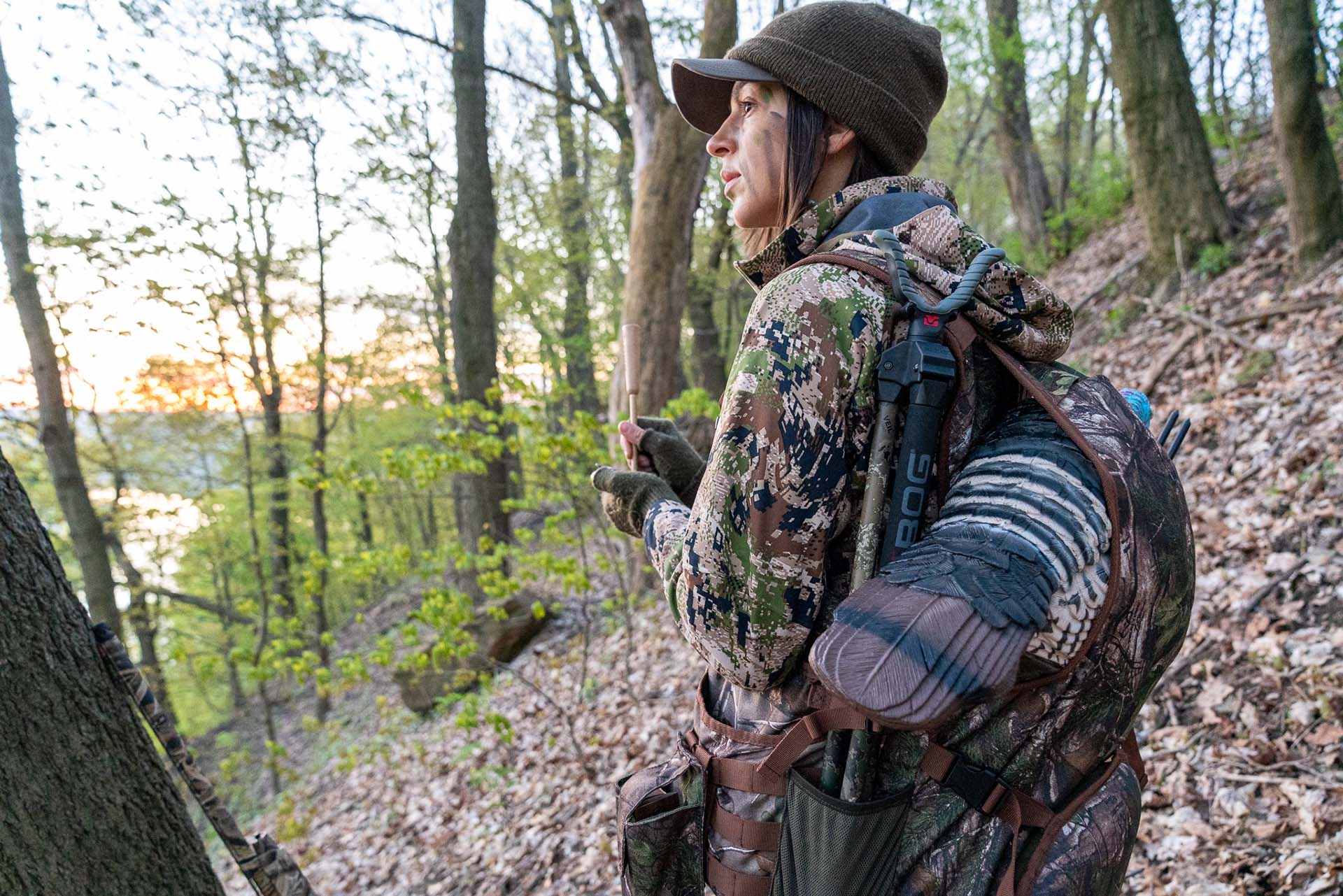
3. Patterning
Once you have located the birds, you’ll want to get a little more familiar with their area and their reasoning behind being there. Where are they feeding? Where are they roosting? Where is their water source? Look out for feathers and scat on the ground. If you have snow, mud or soft sand, look for tracks. Turkey will also leave very identifiable “scratching” in which they rustle up the leaves and ground in search of food. It almost looks like someone took a rake and without a purpose cleared out random patches of ground exposing the dirt. The use of trail cameras can be helpful as well.
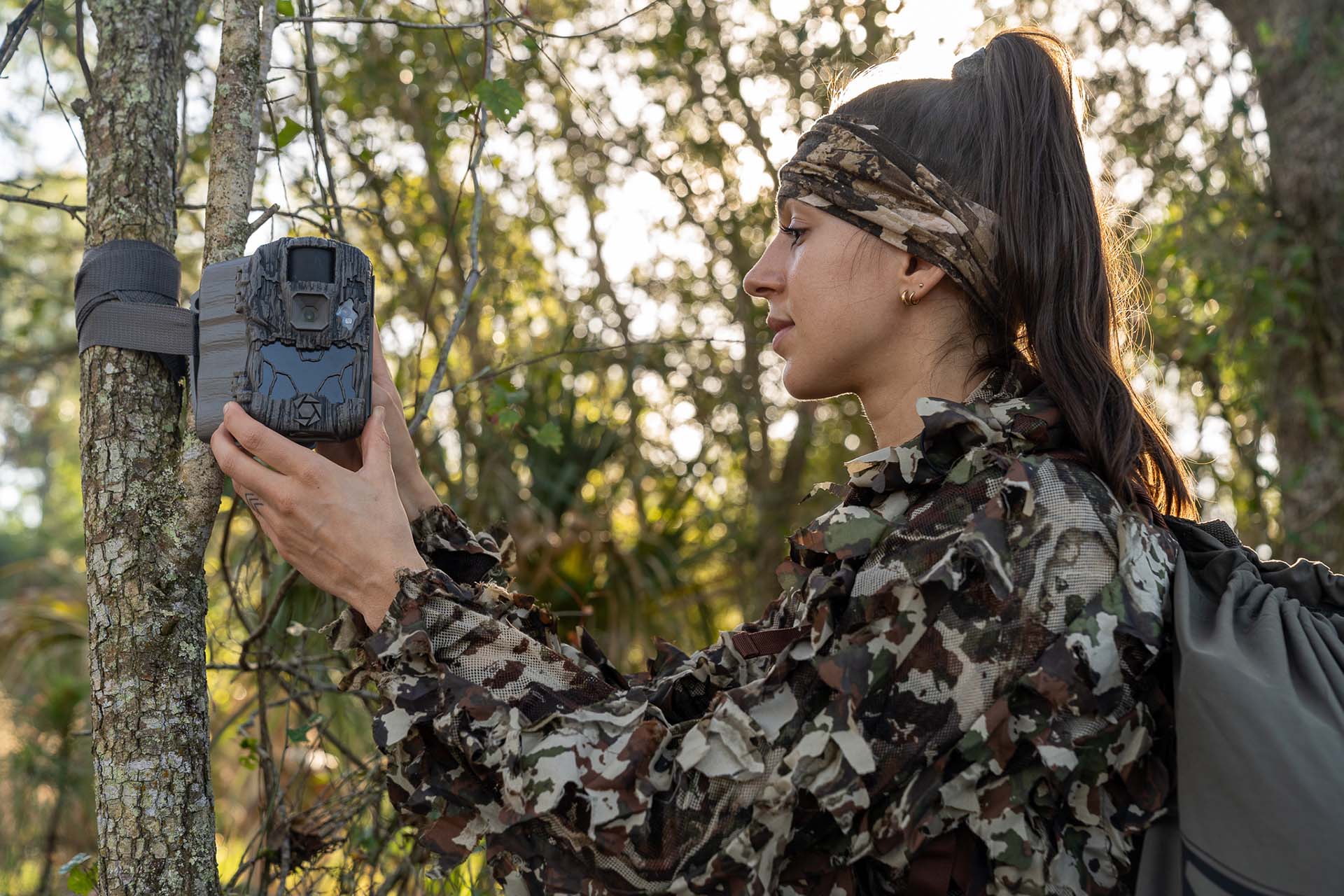
4. Roosting
Once you’ve positively identified that turkeys are in the area, roosting a bird the night before a hunt is a great confidence boost. This goes back to the listen and locate principle. If you are able to get a bird to gobble the night before a hunt, it’s on! Unless they are disturbed by a bad storm or some unforeseen circumstance, that turkey will still be in the tree when you arrive early the next morning. Then all there is to do is set up and call him in… easier said than done!
5. Keep In Mind
Turkeys have great eyesight so gear up! Wear camo, cover your face and hands, set up a ground blind or natural blind and sit very still. A turkey hunting vest and/or chair are nice to have to keep you comfortable and less fidgety.
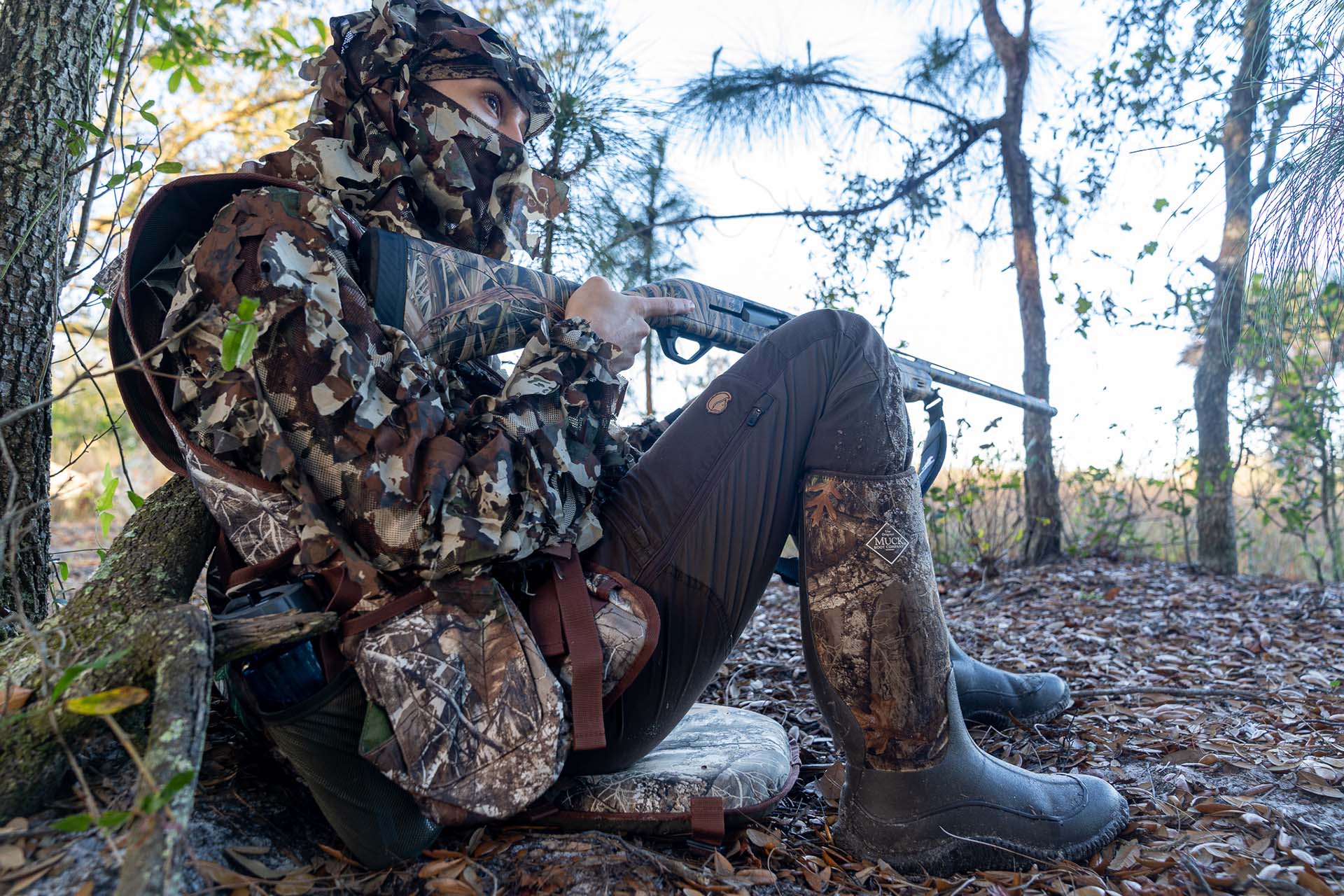
The best call for most beginners is a box call. YouTube “How to use a box call” and you’ll have more info than you can handle!
Decoys are useful for enticing turkeys, but not always necessary.
Lastly, make sure to pattern your shotgun and are familiar with how it performs at specific distances.
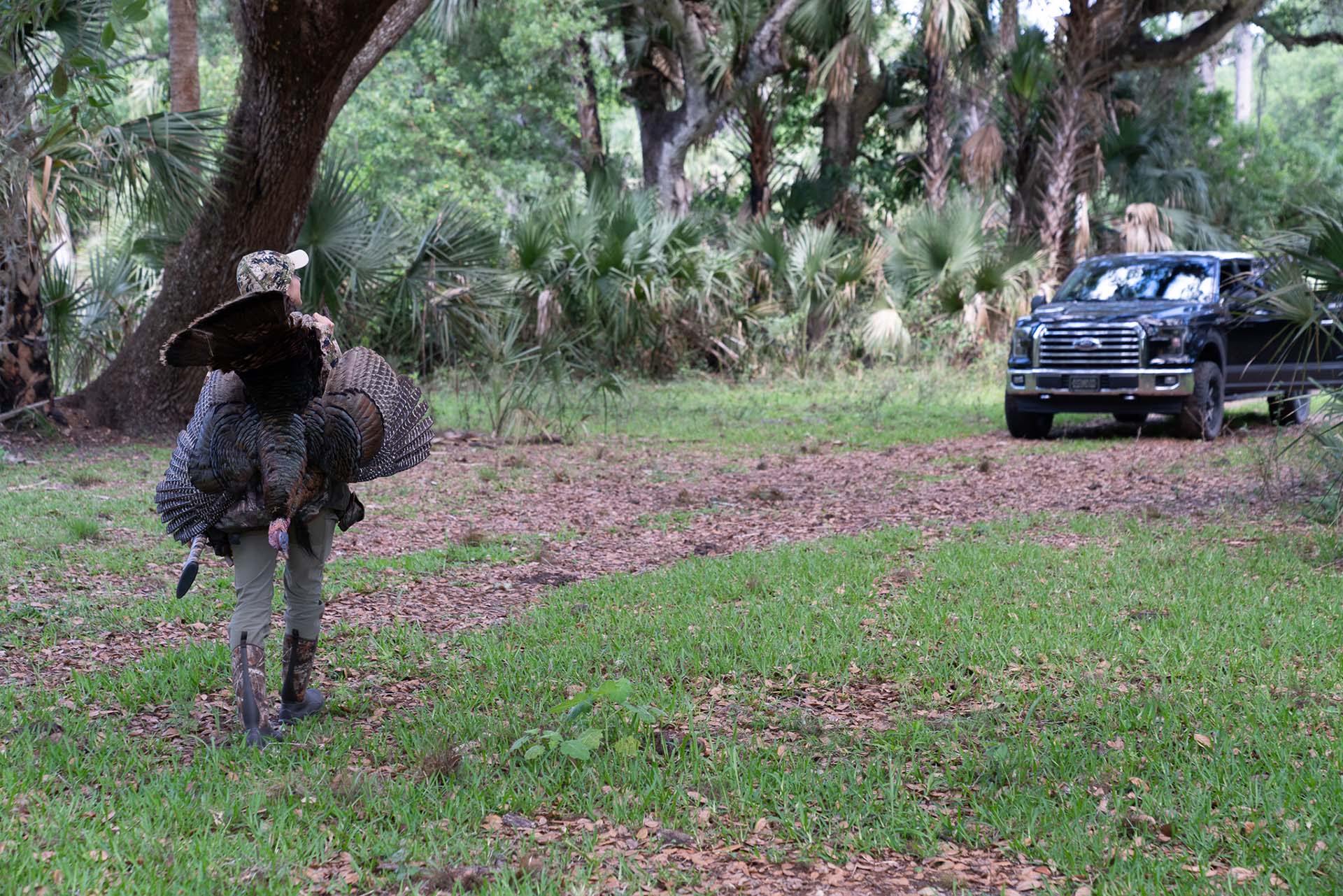
 United States
United States

 European Union
European Union
 Germany
Germany
 United Kingdom
United Kingdom
 Australia
Australia
 New Zealand
New Zealand




